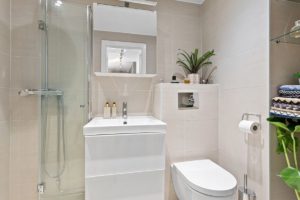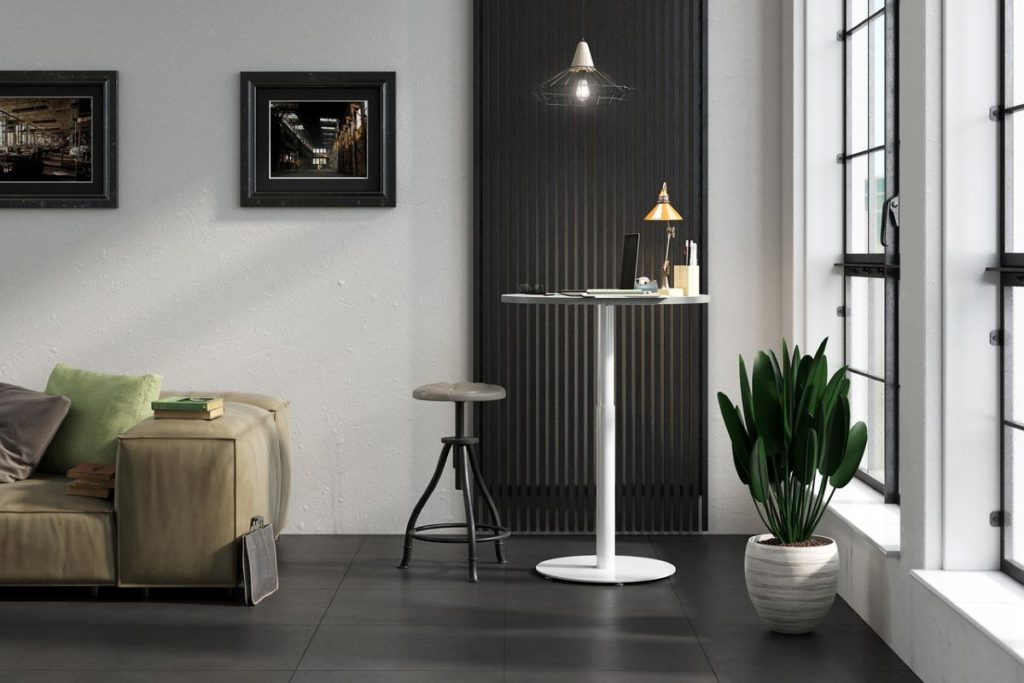In the dynamic world of design, the focus on cultivating spaces that nurture creativity and motivation is gaining unprecedented momentum. This innovative direction extends beyond the superficial elements of decor, weaving together functional design, psychological understanding, and principles of environmental psychology. This exploration into the symbiotic relationship between physical environments and the human psyche reveals how thoughtfully designed spaces can act as catalysts for inspiration, motivation, and enhanced creativity.
The Core of Creative Environments
Designing spaces for creativity and motivation is fundamentally about recognising that our surroundings profoundly influence our emotional and mental states. These spaces go beyond aesthetic appeal, serving as ecosystems that support innovative thinking, encourage collaboration and foster well-being. The aim is to create environments that spark inspiration, facilitate the seamless flow of ideas, and maintain high levels of motivation.
Insights from Psychology and Environmental Psychology

Understanding the influence of our physical surroundings on our mental state is paramount. Environmental psychology sheds light on how spatial design affects behaviour and well-being. Elements like lighting, colour palettes, and spatial arrangements are scrutinised for their impact on creativity and motivation. For instance, the presence of natural light can elevate mood and vitality, which is crucial for fostering creative thinking. Similarly, integrating elements of nature indoors, such as plants, can reduce stress and enhance cognitive function.
The arrangement of spaces, from collaborative zones to areas for solitary reflection, also plays a significant role in supporting diverse modes of creative work. Even the choice of fixtures, like shower taps, and the selection of furnishings, such as vanities for bathrooms, contribute to the overall atmosphere and functionality of a space, influencing the comfort and productivity of its occupants seamlessly.
Harmonising Collaboration and Individual Reflection
Balancing the need for collaboration with the necessity of solitary reflection is essential in crafting spaces that inspire creativity. Collaborative areas are meticulously designed to foster interaction and shared innovation. These spaces often boast flexible layouts, allowing for effortless adaptation to accommodate various group sizes and project requirements. Conversely, areas designated for individual reflection serve as sanctuaries for deep contemplation and focused work. Here, the inclusion of timber battens to enhance the interior or aluminium screens to make it more functional can provide a sense of privacy, facilitating uninterrupted concentration and introspection. This thoughtful integration ensures that the space remains versatile yet conducive to the diverse creative processes of its inhabitants.
Embracing Flexibility and Change
Creativity thrives in environments that are as flexible and dynamic as the creative process itself. Static surroundings can lead to a creativity block. Thus, spaces designed for creative work frequently include modular furniture, surfaces conducive to writing and drawing, and adjustable lighting, allowing individuals to tailor their environment to their immediate creative needs. This adaptability not only supports diverse creative activities but also symbolises the fluid nature of creativity, encouraging innovation and exploration.
Integrating Technology with Purpose
In the digital era, technology is a staple of the creative process. Nonetheless, its incorporation into creative spaces must be deliberate and thoughtful. Rather than dominating the space, technology should complement and enhance the creative journey, providing resources that aid in the creation process without causing distractions. This might encompass access to digital resources, interactive tools for collective brainstorming, or software that supports creative collaboration.
Fostering an Inspirational Atmosphere
The design of creative spaces is also about fostering an environment that breathes inspiration. This involves carefully selecting artworks, colours, textures, and materials that resonate with the users of the space, aiming not just to fulfill functional needs but to connect on an emotional and aesthetic level, sparking creativity.
Learning from Success Stories
Around the world, spaces designed with creativity and motivation in mind stand as exemplars of successful design principles. From dynamic office environments that promote openness and interaction to shared workspaces that blend utility with a sense of community, these spaces exemplify the fundamentals of designing for creativity. Educational institutions are also adopting these principles, transforming traditional study areas into centres of collaboration and innovation.
Looking to the Future
As we peer into the future of creative space design, the trajectory points towards sustainability, inclusivity, and adapting to the changing nature of work and creative expression. The challenge lies in creating spaces that are not only responsive to current demands but are also visionary, anticipating the needs and challenges of future generations of creators.
In a nutshell, the task of designing spaces for creativity and motivation is a multifaceted venture that merges art, science, and psychology. It’s about shaping environments that do more than inspire on a surface level; they profoundly enhance the creative process, promote well-being, and encourage a culture of innovation and collaboration. As our understanding of the deep impact of our surroundings on creative output continues to grow, the thoughtful design of these spaces will remain pivotal in unlocking human potential.
